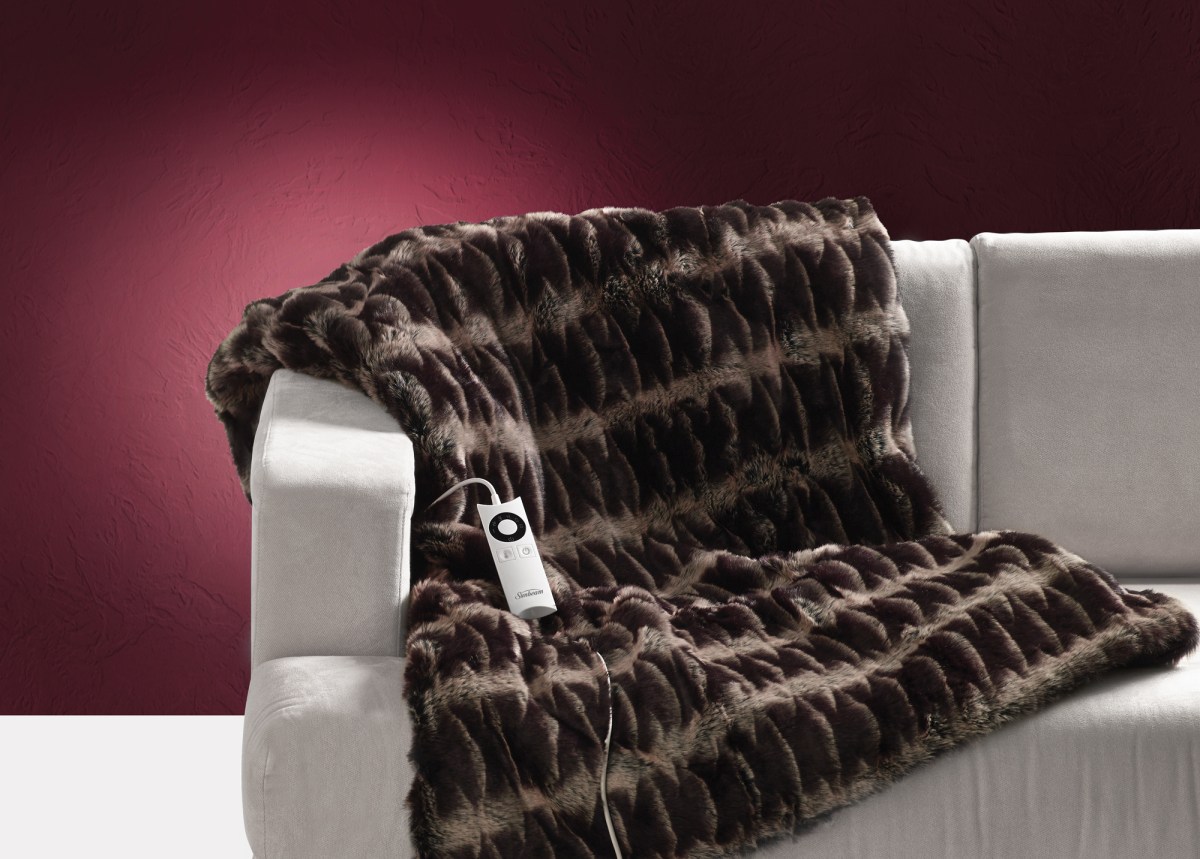Unseasonably warm weather at the start of winter has had a deleterious effect on winter appliance sales, according to the latest Temax report released by GfK. Despite this dip, sales in small appliances for the six months to 30 June 2014 were up 0.6 per cent to $878 million.
“A relatively mild start to the winter affected the heating-related categories within small domestic appliances, as both electrical and gas heaters, as well as electric blankets, all showed a decline on last year,” reported GfK.
With winter warmers not selling as much as the industry would like, small appliance sales for the second quarter of calender 2014 declined 2.1 per cent compared to the year-ago quarter. Australians spent $486 million on smalls during April, May and June 2014.
Although heating was cooling off, vacuum cleaners continued to clean up. Attractive new models from the biggest brands in the category, such as Dyson, Electrolux and Miele, propelled floorcare to new heights.
“Vacuum cleaners, the largest category within small domestic appliances, did continue to grow, with the higher priced hand-stick and robot sub-segments still driving overall vacuum market growth. Between them, these segments now account for over a third of the vacuum cleaner market.”
Also performing well in small are benchtop appliance targeted at health-conscience consumers. These goods, from brands like Breville, Tefal and Hurom are capturing the wellbeing zeitgeist and ringing in the sales.
“‘Healthy’ products are also continuing to drive the small domestic appliance sector. Products like low-oil fryers and slow juicers suggest that consumers are willing to pay more than twice the price for kitchen appliances that promote health benefits.”
Speaking broadly about the entire consumer electronics industry, GfK noted that there has been a downturn due to low consumer sentiment.
“It was a tough quarter for parts of the Australian economy and following an austerity-focused federal budget, consumer confidence dropped to new lows. Interest rates remained level but inflation and unemployment was on
the rise.
“Though the Australian technical consumer goods market was in overall decline, there were pockets of solid growth. Information Technology continued its recent positive trend, led by a recovery in mobile computing and wireless connectivity devices, while Major Domestic Appliances stabilised after a couple of consecutive periods of value decline.”

